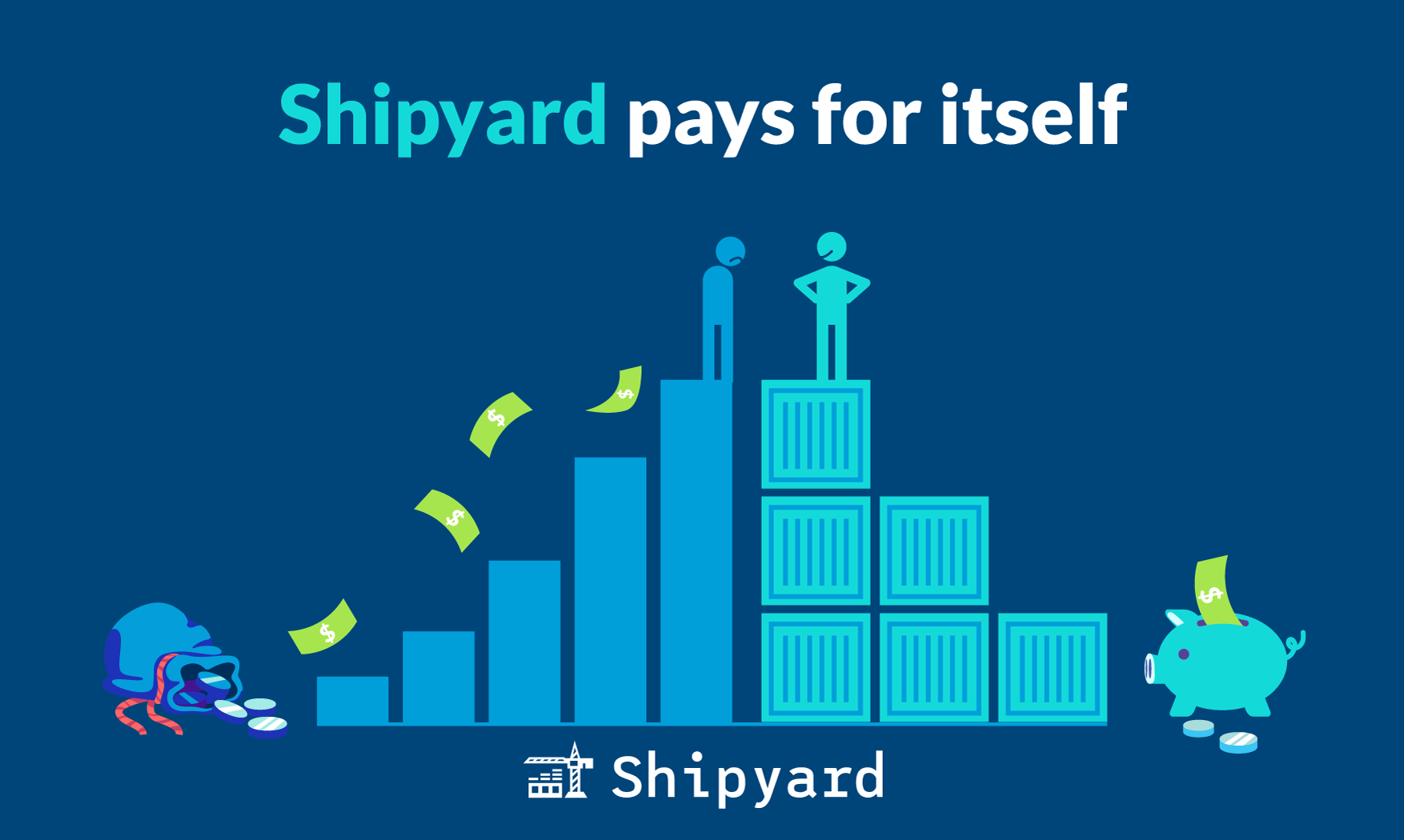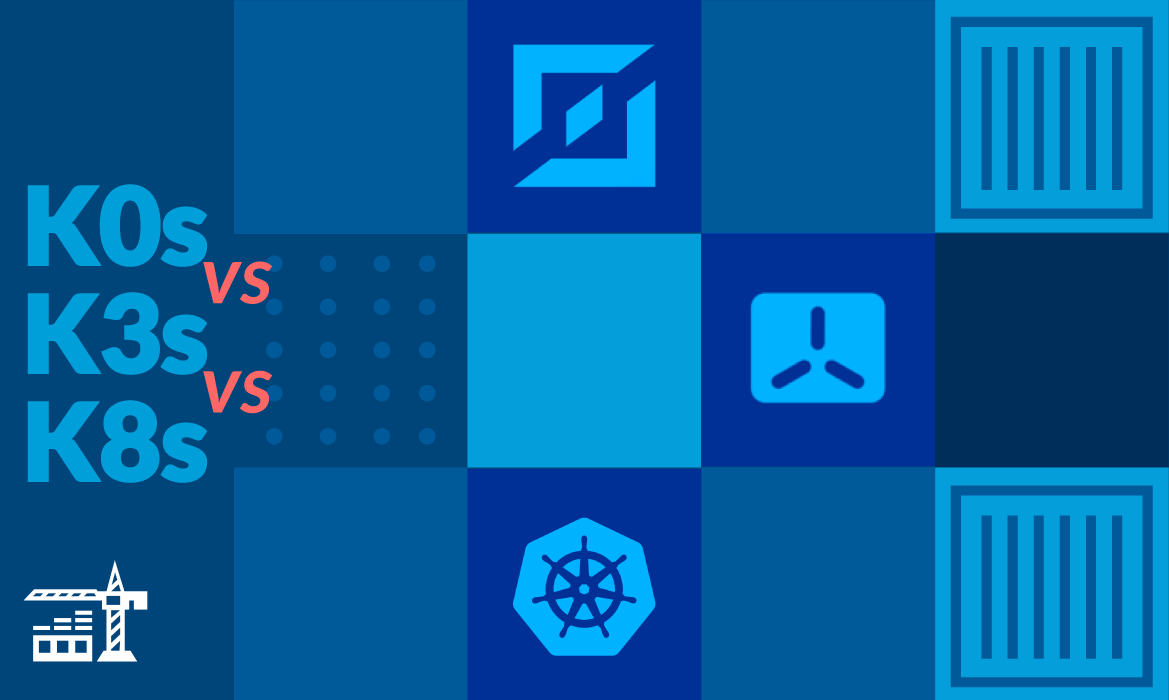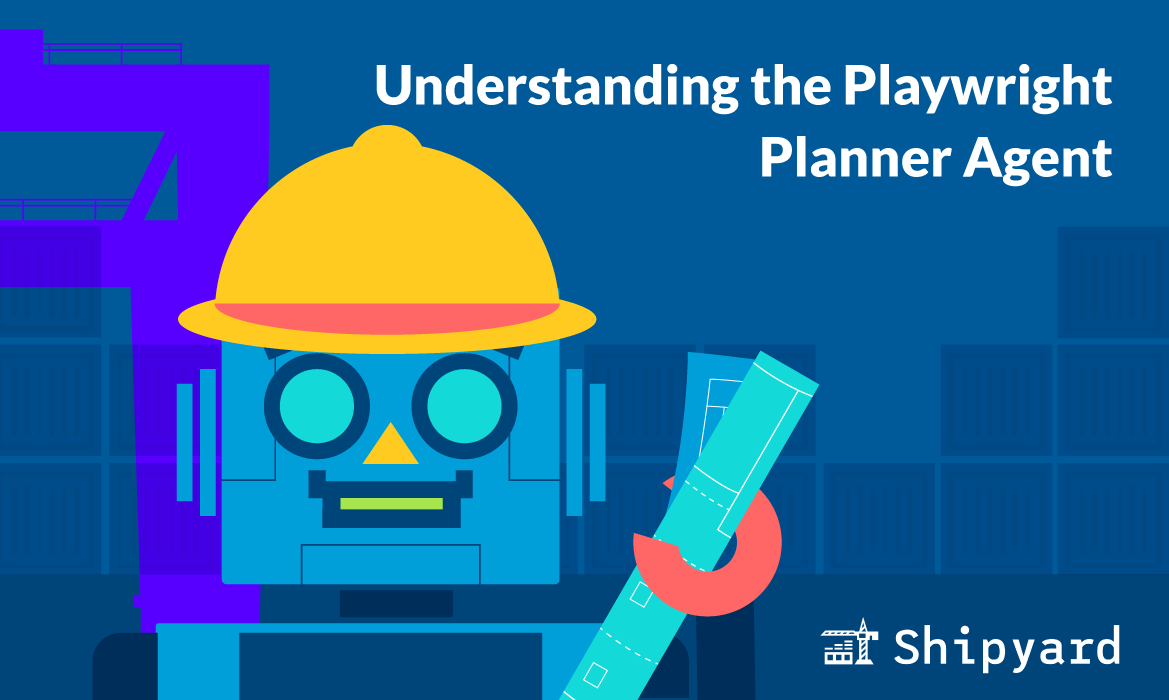When teams want to implement ephemeral environments, two questions come to mind:
- How do we get budget approval?
- Where do we put this on our roadmap?
In this article, we talk about getting budget approval.
When every cost is getting scrutinized, engineering teams need a rock-solid business case to get approval for every dime. Fortunately, that’s easy with Shipyard.
The financial case for Shipyard
Shipyard pays for itself. This isn’t hyperbole. It’s not based on theoretical savings, or fancy productivity calculations.
Here’s how the math works:
Shipyard offers hosted ephemeral environments. This means that instead of you paying cloud bills for these environments, Shipyard covers the cloud bills.
With Shipyard, your current cloud costs for pre-production environments goes to zero. Instead of pre-production cloud costs, you just pay Shipyard’s per-developer fee.
We have never seen a case where Shipyard costs more than your pre-production cloud costs.
The result? You save money by implementing Shipyard, which means getting budget approval is easy.
Making the financial case
We have a template business case spreadsheet - email hello@shipyard.build for a free copy of it so you don’t have to create one yourself!
To make the case, what you’ll typically do is:
- Figure out what your current pre-production cloud costs are per month, for all pre-production environments
- Do a rough calculation of what Shipyard would cost - reach out to get a precise estimate
- Subtract (2) from (1)
When you show this to your leadership or finance team, it’s helpful to bring receipts: Screenshots of your cloud bills from AWS, GCP, etc. over the past year.
Bonus: Developer velocity & experience.
Want an additional “wow” factor for your finance team? Estimate how much time developers currently waste waiting for access to a testing environment.
Even if this is a few hours per week per developer, it adds up. You can turn this into a hard number by multiplying:
- The average number of hours per week per developer spent waiting for access to a testing environment
- The number of developers on your team
- The average cost per developer hour (average annual salary / 2,000) - usually $100-$200 / hour
How much does this cost your team every week? It’s a lot.
With Shipyard, this wasted time goes to zero. Why? Because developers no longer have to wait for testing environments - with every PR or code change, a new environment gets spun up instantly and automatically.
This environment is a full-stack clone of production, and enables instant testing and continuous delivery.
What if we don’t know our pre-production cloud costs?
You might not have access to your exact pre-production cloud costs.
There are two ways we’ve seen companies estimate their pre-production cloud costs to get a ballpark savings estimate:
- Estimation based on your TOTAL cloud costs
- Estimation based on your PRODUCTION cloud costs
You’ll usually have a ballpark estimate for one, or both, of these.
Here’s how to get from your TOTAL cloud costs to your PRE-PRODUCTION cloud costs:
- Determine how many pre-production environments you currently have
- Assume that each pre-production environment costs 70% of your production environment
- Use the following calculation to estimate your pre-production environment costs
[[Total cloud costs] * [Number of pre-production environments * 0.7]]/ [1 + number of pre-production environments * 0.7]
Here’s how to get from your PRODUCTION cloud costs to your PRE-PRODUCTION cloud costs:
- Determine how many pre-production environments you currently have
- Assume that each pre-production environment costs 70% of your production environment
- Use the following calculation to estimate your pre-production environment costs
[Production cloud costs] * [Number of pre-production environments * 0.7]
It’s that simple! Again, email hello@shipyard.build for a copy of a spreadsheet that does this for you.
How does Shipyard make money on this? Why do you do it this way?
We have designed our product to optimize cloud costs. We switch off environments when not in use, and obsess over our architecture to keep cloud costs low so we can make a modest profit.
We built Shipyard this way for three reasons:
- It is extremely simple to implement with near-zero configuration needed for busy engineering teams
- It makes the financial & budgeting question a non-issue
- It holds us accountable to hosting efficiency, so you don’t have to worry about it
We believe this is the best approach for this industry, rather than making a complicated business case with never-ending configuration and maintenance (like most dev tools & alternatives).
What if we want to do a self-hosted version? Can you help us with the business case for that?
Absolutely - click here to schedule a conversation with us.
Conclusion
Engineering teams often think that budgeting will be a big deal for ephemeral environments. We’ve designed Shipyard to be simple to implement, and a non-issue for your finance team!



